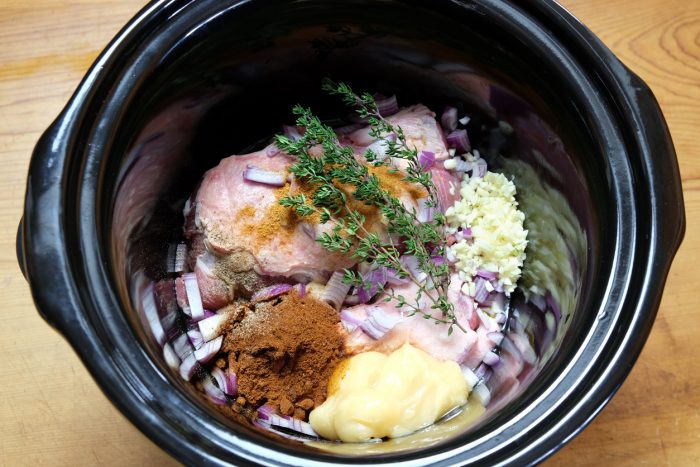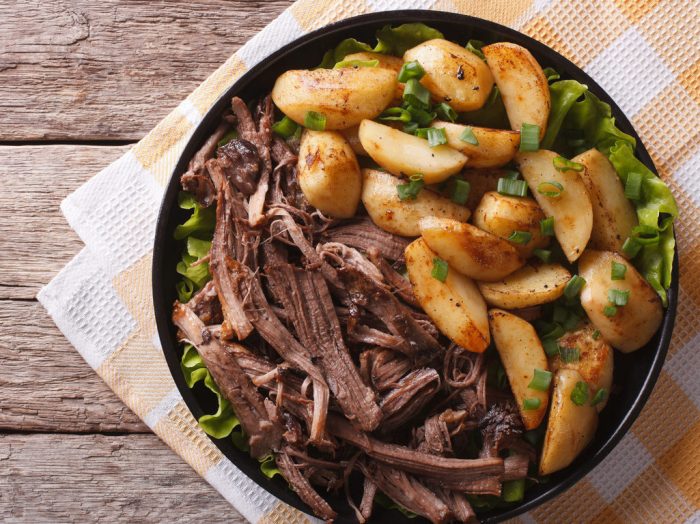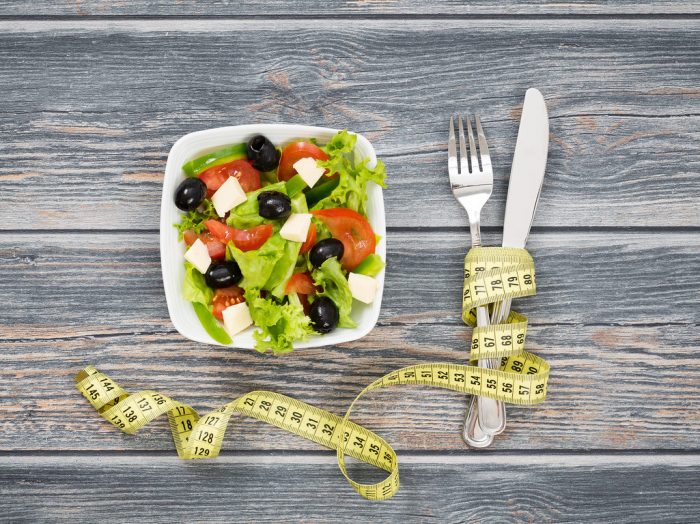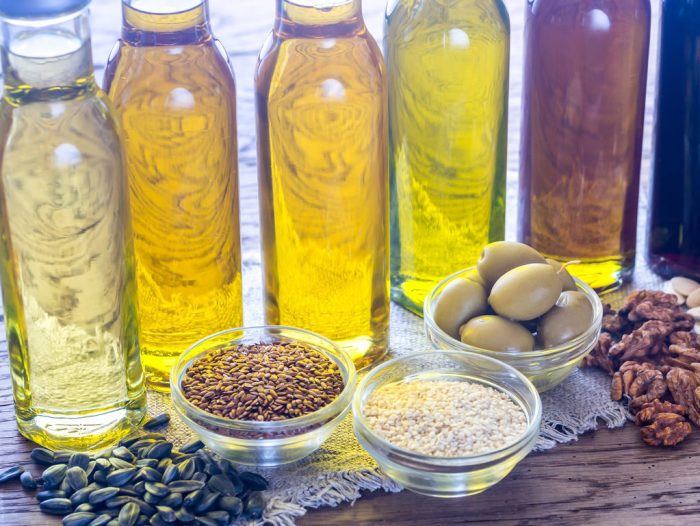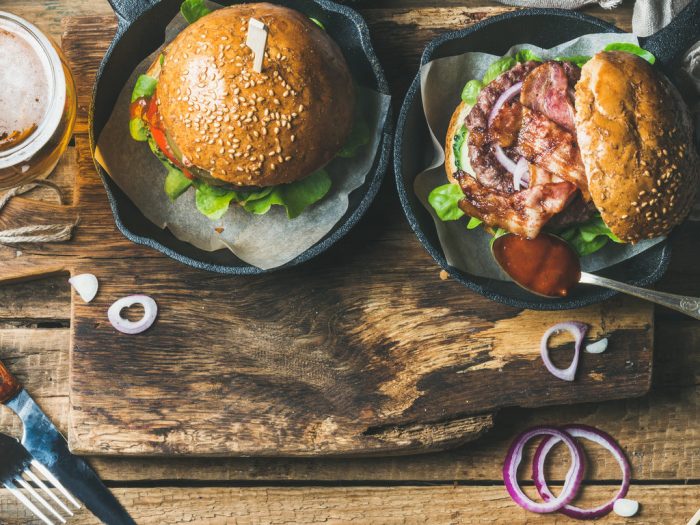Crock-pot cooking is definitely in right now, and it’s efficient and easy way to get dinner going. You start in the morning, and by the time you get home from work, dinner is done! But how do you get started if you’ve never had one? Allow us to give you a hand in this endeavor.
These are crazy times we’re living in and our day to day rhythms seem to be perpetually out of whack. The first things affected? Eating and sleeping. Of course, we have some advice for doing better on the latter. But the truth is that a healthy good night’s sleep is also related to eating healthily. So how do you organize better? How do you spend less time in the kitchen and more time for yourself and your other pressing concerns? We recommend cooking with a crock-pot, instead of the easy way out – throwing money away on ordering food, at home or at work.
Crock-pot cooking sounds like the ultimate old-fashioned deal. But it can mean a real difference to your lifestyle. All you have to do is prep the ingredients, throw them in the device before going to work, and your job is mostly done. Of course, getting a batch of slow cooked and flavorful food gets even easier if you have a few guidelines of what works and what doesn’t. This is where we come in!
Oh, and don’t worry, it’s not going to kill you, like in that controversial ‘This is Us’ incident!
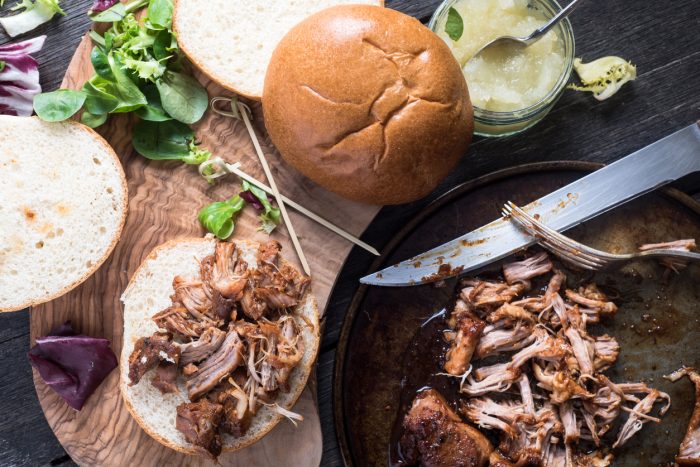
8 tip and tricks for crock-pot cooking
1. Be safe when using it
Maybe it sounds a little scary to leave home while a kitchen appliance cooks food at pretty high temperatures. I mean, you wouldn’t leave your stove on for 9 plus hours every day, right? But crock-pots are pretty safe as long as you stick to some guidelines.
So keep this in mind. When you buy the appliance, try it first when you can spend the day at home. Then for the first hour, cook the food to a higher temperature, and bring it back lower, to about 200 degrees F/93 degrees C. That is how you make sure that the pot isn’t a breeding ground for illnesses.
2. Do not fill to the brim
There are multiple reasons why you shouldn’t fill the crock-pot up to the edge. For one, the food will probably not cook evenly. Also, the food might not cook in the time your recipe assured you it will. And if the food isn’t cooked at a high temperature, it can go bad after a while. And you don’t want to get home and have a hot mess on the plate. You should double check this in your slow cooker manual, but usually, you should fill it up to a half, maximum two-thirds of the way.
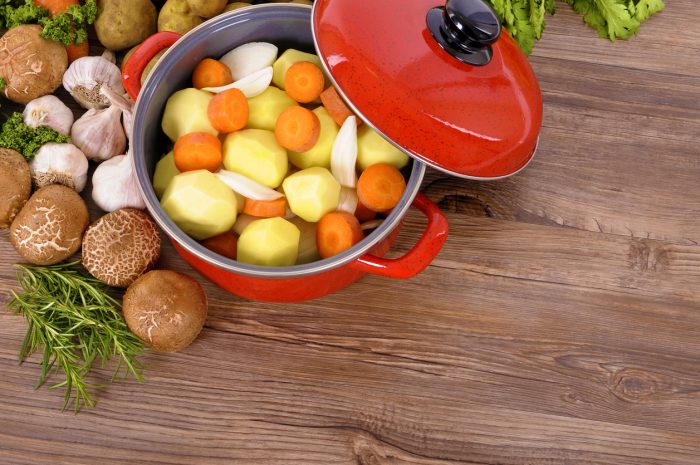
3. Try to sear first
If you’re looking for a nice browning of the meat and a layered flavor, then sear the meat before throwing it in the crock-pot. If you have time, do the same thing to the veggies. The results will be seen in the deep taste. Deglaze the pan after searing and add the contents to the crock-pot as well. That’s irreplaceable flavor you have there, essential to crock-pot cooking.
4. Choose ingredients wisely
Fatty meats like shoulder, ribs, pork chops, and pork belly thrive in the slow cooker because they become more tender and flavorful. We recommend a hard pass on the leaner meat because after prolonged cooking, their texture becomes rubber-like and they’re tough to chew.
But keep things balanced, and don’t let too much fat in the crock-pot either. Trim it a little and you can experiment with this in time. Roasted chicken skin is usually wonderful and crunchy, but it’s not the same in a crock-pot. It becomes harder to eat and the crunch is gone.
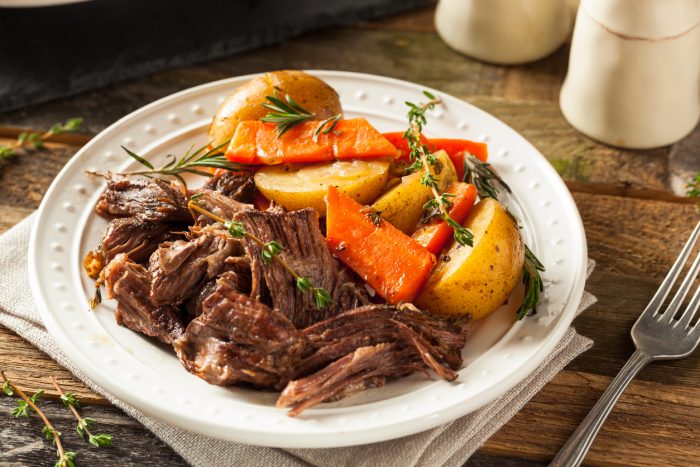
5. Follow the instructions correctly
At first, you need to listen to the letter of the recipe, until you get some experience under your belt. We’ve already mentioned temperature. Keep in mind that the stacking of the ingredients has to be done right as well. Vegetables cook slower than meat usually and should be placed in the bottom. You don’t want some overcooked meat and undercooked veggies, would you?
6. Be careful with liquids
As opposed to normal stovetop cooking, in a crockpot, liquids don’t boil off. Don’t use more than the recipe, because you might just have a stew on your hands. Or even a gooey soup! If you have that problem, then during the last half hour of cooking, remove the lid of the crock-pot. This tip for crock-pot cooking will let some of the liquid to become vapor, and the juices of the meal will thicken nicely.
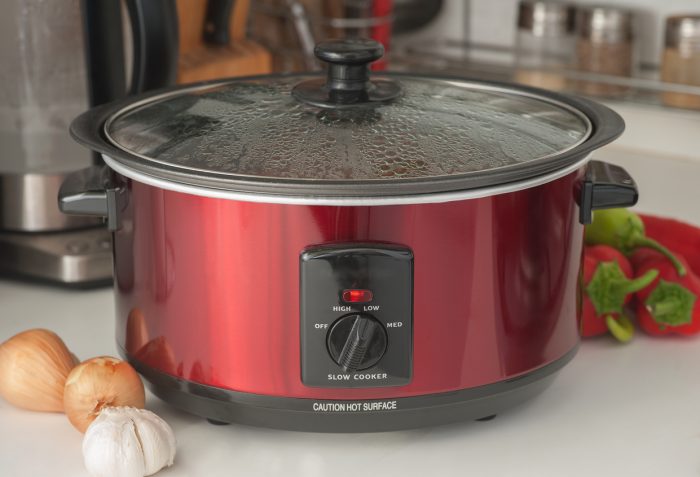
7. Don’t play with the lid
And speaking of the lid… It’s a constant temptation! Removing the lid and checking out what’s cooking! But it’s best not to fiddle around with it too much. That’s how heat gets out of the pot and away from your food. It will lower the temperature in the pot and prolong the cooking time. It takes about 15 minutes for the temperature to get back up. And it’s not sanitary at all because that’s a breeding ground for food-related illnesses.
8. Add herbs, spices, and dairy, last
If you overcook herbs, they lose their flavor or become bitter. Also, dairy products can curdle when they’re cooked for long periods of time. So add them half an hour before the cooking time expires. There are other foods which are subjected to this rule: seafood, tender veggies like mushrooms, and also legumes, which can be nicely crunchy if you add them in the last hour!
